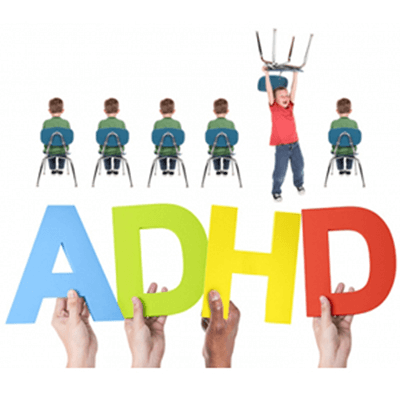What is the full form of ADHDADHD: Attention Deficit Hyperactivity DisorderADHD stands for Attention Deficit Hyperactivity Disorder. It is the most common mental disorder in children that starts during childhood. It does not mean that it only affects children, can affect people of all ages. The exact cause of ADHD is not known. Some factors that are believed to be the cause of ADHD include:

Types of ADHDADHD can be of three types based on the symptoms of the child.
The treatment of ADHD usually involves medications and behavioral interventions. It might not completely cure ADHD, but it can help reduces symptoms. A youngster with ADHD could:
DiagnosisIdentifying whether a child has ADHD is a multi-step process. The symptoms of many other conditions, including anxiety, depression, sleep issues, and specific types of learning difficulties, might be similar to those of ADHD, which cannot be diagnosed with a single test. A medical checkup, which includes hearing and vision testing, is one stage in the procedure to rule out other conditions that have symptoms similar to ADHD. A checklist for grading ADHD symptoms and obtaining a medical history from the kid's parents, teachers, and occasionally the child themselves are typically used in the diagnosis of ADHD. PreventionThere are a few ways that can help you reduce the risk of ADHD in your child such as:
Managing Symptoms: Maintaining HealthAll kids need to be healthy, but kids with ADHD may need to be exceptionally healthy. A healthy lifestyle, in addition to behavioural therapy and medication, can help your child manage the symptoms of ADHD. Following are some beneficial healthy habits:
Next TopicFull Form
|
 For Videos Join Our Youtube Channel: Join Now
For Videos Join Our Youtube Channel: Join Now
Feedback
- Send your Feedback to [email protected]
Help Others, Please Share










